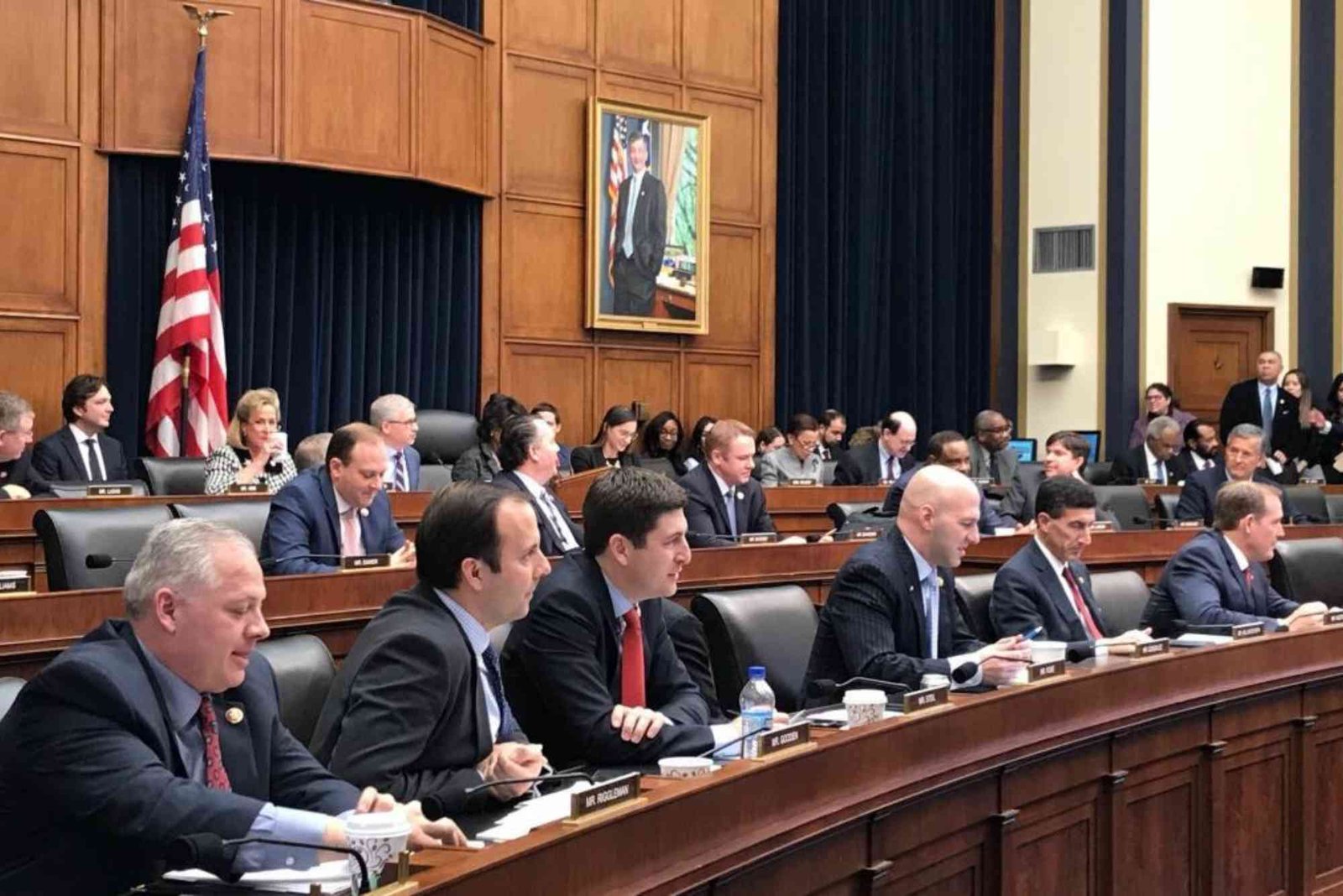Introduction
General Government Final Consumption Expenditure (GGFCE) refers to the total spending by government entities on goods and services provided to the public. This includes expenditures on health, education, public safety, and administration. Unlike investments, GGFCE primarily focuses on services directly consumed by individuals or the collective community.
Key Features of GGFCE
Provision of Public Goods
Governments allocate resources to produce non-excludable and non-rival goods, such as national defense and public infrastructure, ensuring public benefit without direct charges.
Social Services Expenditure
Health care and education form significant portions of GGFCE, as they directly impact societal well-being and human capital development.
Administrative Costs
Administrative expenditures cover the costs of running governmental institutions, ensuring smooth governance and service delivery.
Why GGFCE Matters
Economic Stability
Government spending in GGFCE helps stabilize the economy during downturns by maintaining demand for essential services.
Redistribution of Wealth
Through targeted social programs, GGFCE reduces inequalities, enhancing social cohesion and fostering inclusive economic growth.
Infrastructure Development
Public expenditures also contribute to the development of essential infrastructure, such as roads, schools, and hospitals, supporting long-term economic growth.
Challenges in GGFCE Management
Budget Constraints
Governments often face limitations in resources, requiring careful prioritization of spending.
Efficiency Concerns
Ensuring the effective use of funds and minimizing wastage remains a key challenge in managing GGFCE.
Economic Fluctuations
During economic crises, maintaining stable government consumption expenditure becomes difficult due to declining revenues.
Global Trends in Government Expenditure
Governments worldwide have shown varying levels of spending on GGFCE. Developed countries typically allocate higher percentages of GDP to health, education, and welfare services compared to developing nations, reflecting differences in economic capacities and priorities.
FAQs
What does GGFCE include?
It includes spending on public services such as health, education, and administration but excludes investments in infrastructure projects.
Why is GGFCE significant?
It ensures the provision of essential public goods, reduces economic inequalities, and supports societal welfare.
How does GGFCE impact GDP?
GGFCE is a component of GDP, directly contributing to a nation’s economic output through government consumption.
This comprehensive guide provides a clear understanding of General Government Final Consumption Expenditure and its importance in modern economies.




